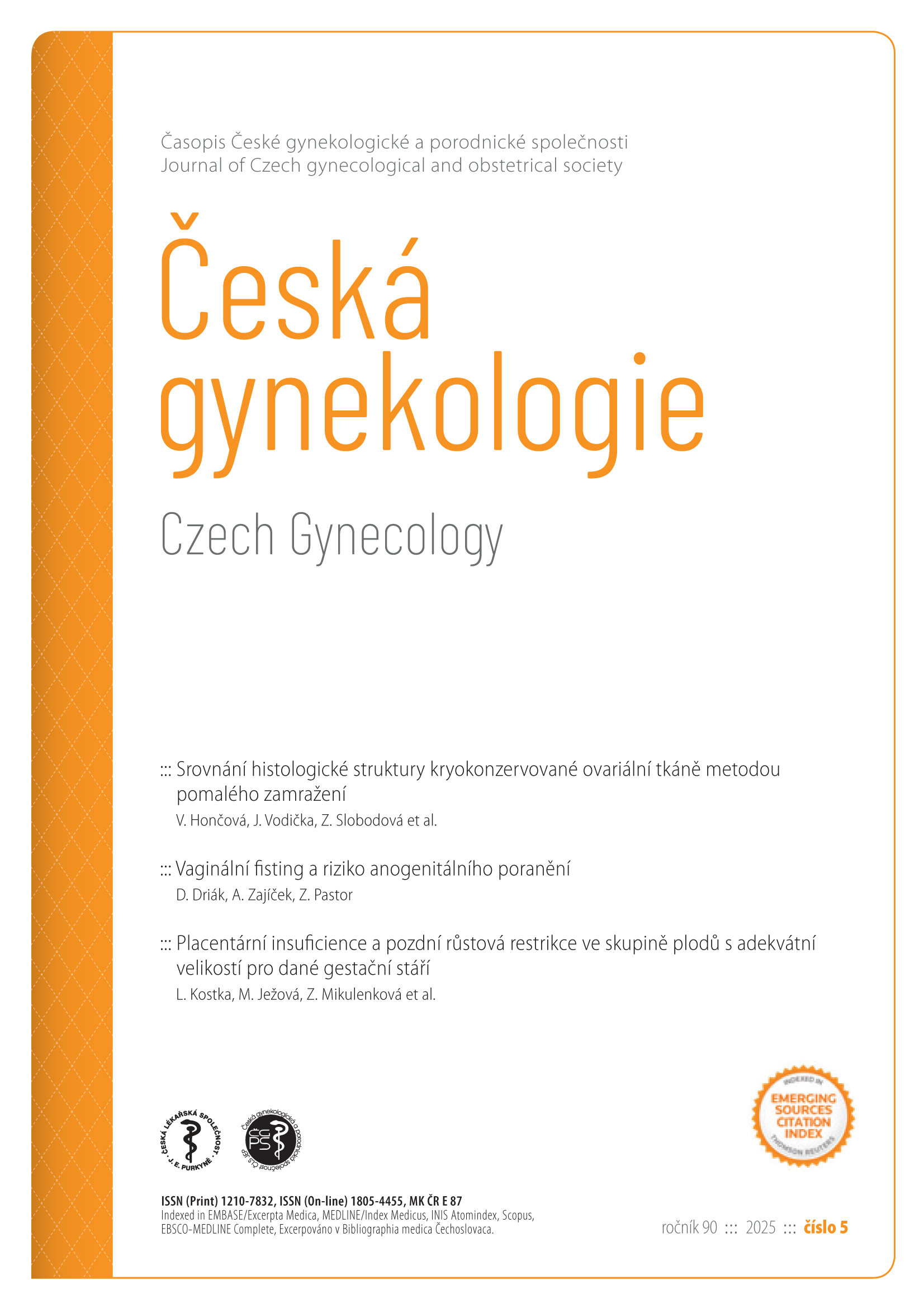Prevalence and hormonal profiling of secondary amenorrheic patients presenting to a fertility clinic – an observational study
Keywords:
amenorrhea, drug-induced abnormalities, hyperprolactinemia, hormonesAbstract
Objective: Amenorrhea is a menstrual disorder than can arise as a result of hormonal dysfunction of the hypothalamic-pituitary--gonadal axis. There is limited data on the most common causes of secondary amenorrhea in Pakistan. Therefore, this study aimed to assess various causative factors along with hormone profiling in patients with secondary amenorrhea. Patients and methods: The present cross- -sectional study was conducted in different fertility clinics of Abbottabad. Patients with secondary amenorrhea were included by a non-probability sampling technique. Data related to demographic and other clinical variables were collected via a data collection form. Serum progesterone, estradiol, luteinizing hormone, follicle stimulating hormone, and prolactin were determined using commercially available enzyme-linked immunosorbent assay kits. This study was conducted on 126 patients with a mean age of 28.5 ± 7.8 years. Results: Drug-related amenorrhea was observed in 14.3% of patients. Hyperprolactinemia-induced amenorrhea was observed in 31.7% and in 54% of patients with unknown etiology. Of the patients with drug-induced amenorrhea, 38.9% used oral contraceptives, 27.8% used omeprazole, and 33.3% used other drugs. Headache (79.4%) and fatigue (78.6%) were the main symptoms reported in amenorrheic women, while hair loss was reported in 65.9% of patients. Both loss of libido and hirsutism were observed in 45.2% and 42.9% of patients, resp. Breast pain and vaginal dryness occurred in 35.7% and 23.8% of patients, resp. Conclusion: The current study showed that hyperprolactinemia is the most common cause of secondary amenorrhea followed by drug-induced amenorrhea, which must be considered in the clinical management of hormonal imbalances and subsequent amenorrhea.



